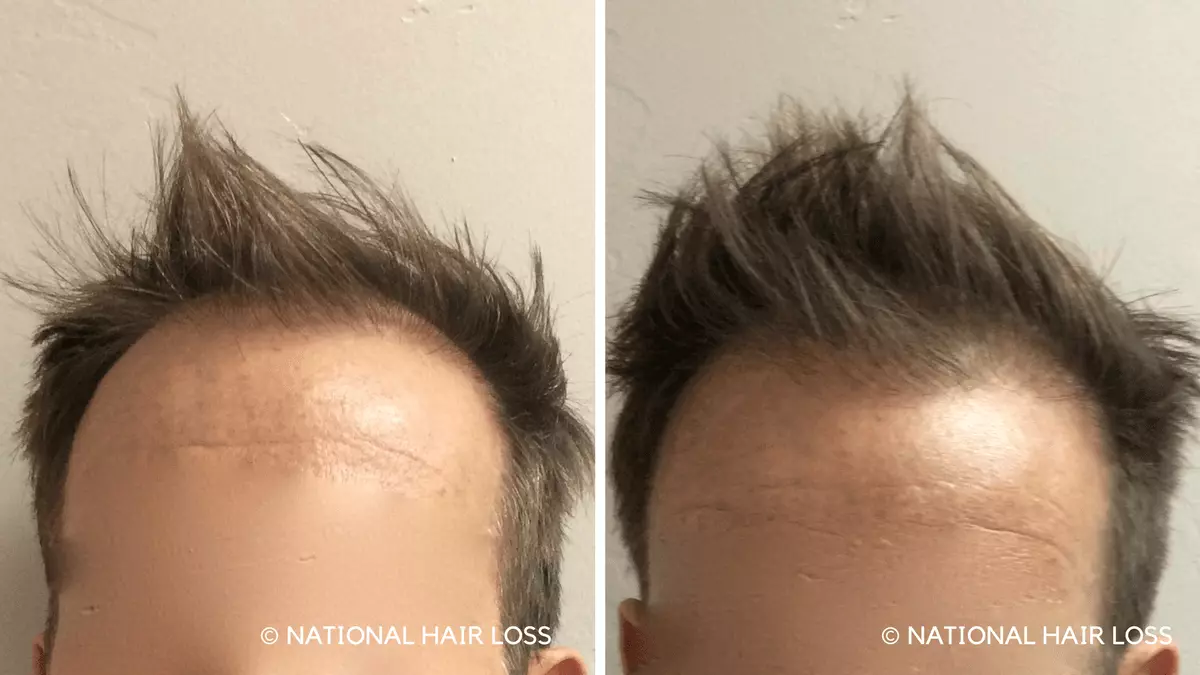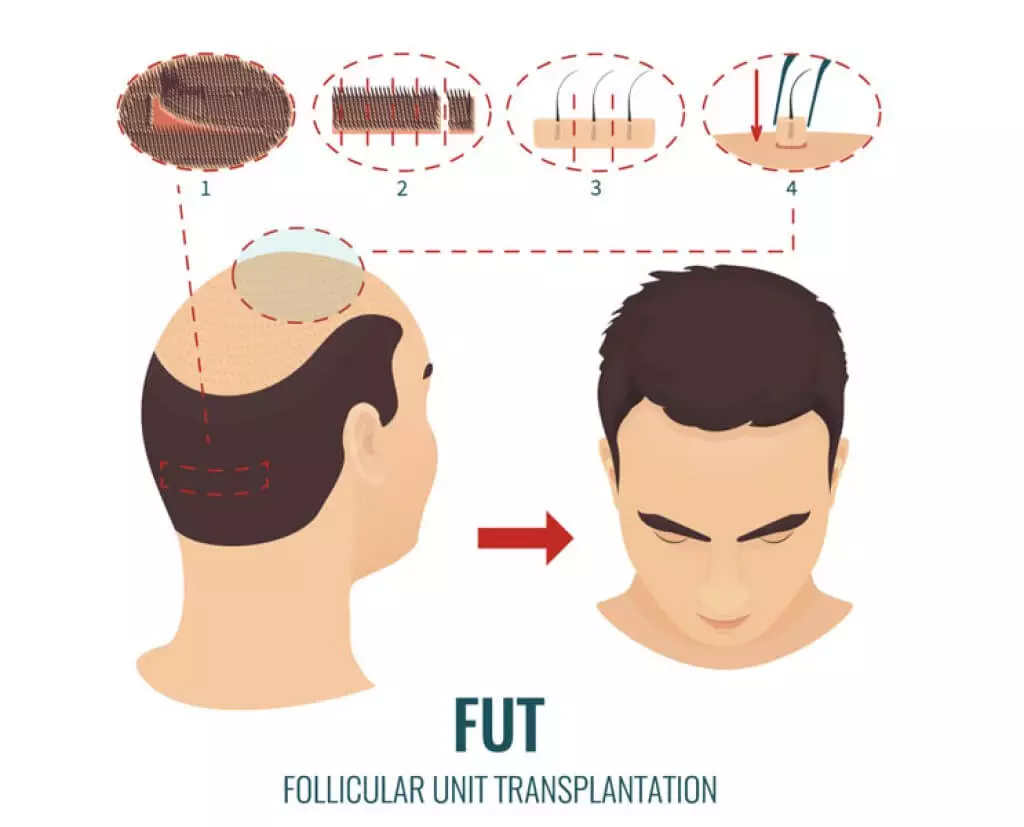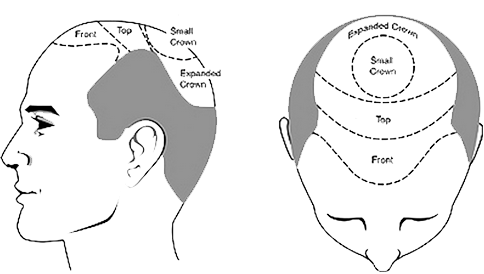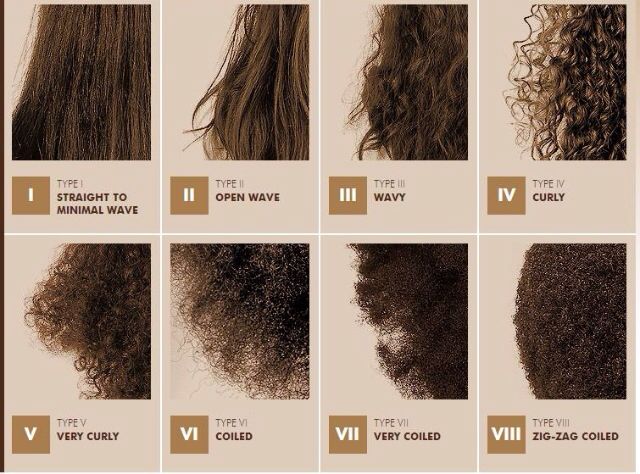Can You Go Bald After Hair Transplant
When you think of “hair transplants,” you could conjure up images of patchy, visible hair plugs from the past. Hair transplants, on the other hand, have come a long way in the last decade. Hair transplantation, also known as hair regeneration, is an outpatient process in which your own hair follicles are donated to thinning areas of your scalp using micrografting technology. Dr Manas Jain, hair transplant doctor in Reniu clinic mysore, explains that hair transplant effects are visible for a long time and are considered permanent. The treatment is often time-consuming and necessitates a period of healing and rehabilitation. People who have already undergone severe hair thinning on their scalp are the most likely candidates for a hair transplant for these reasons.

Is hair transplantation permanent?
It takes time for your skin to recover after hair follicles are grafted into places where your hair is thinning. In reality, for the first three months after the operation, it’s natural for some of your hair to fall out. Healing will take anywhere from six to twelve months. However, once the transplanted follicles have healed, they will begin to grow hair and fill in the bald patches on your scalp. When you get older, your hair will begin to grow naturally.
The migration of the hair follicles is irreversible; there is no way to get them back to where they were before. The transplanted hair follicles, like the rest of the hair follicles, have a lifetime. They could eventually stop producing as much hair as they did previously.
Procedures of various types
Hair transplantation procedures conducted by Implantologist are currently divided into two groups.
A strip of your own hair follicles is taken from your scalp at the back of your head and transplanted to areas of your hair that are thinning or bald in the Follicular Unit Transplantation (FUT) process.
Small punctures are used in a Follicular Unit Extraction (FEU) to transplant follicles from all over your head to places where your hair is thinning or bald.
Hair transplantation procedures of both forms are considered permanent.
The way you look
It will take some time before you can see the effects of your hair transplant operation. For the first few months, you will find that you are losing even more hair as the transplanted pieces of hair begin to heal. Your healthcare provider should inform you that this is absolutely natural and planned.
After your hair transplant has healed properly, you will find follicles of your own hair starting to appear. The hair would gradually grow in, being the same texture and length as the rest of your hair. Hair transplants performed using a micrograft can be cut, styled, and dyed to your liking.
What are the advantages of a hair transplant?
The following are some of the benefits of getting a hair transplant:
Regrowth of natural hair
For those who want a natural-looking hairline, a hair transplant is a godsend. Hair is transplanted from the donor site to the recipient site during surgery. It exactly suits the donor’s hair texture and color to the actual hair.
There is very little downtime
Hair transplantation requires less recovery time. After a couple of days of bed rest, you should resume your daily activities. However, before engaging in any physical exercise, make sure to get permission from your physician.
Clear of pain and scars
If you choose any hair transplant procedure and your surgeon does it right, there will be no noticeable scar on your scalp. A local anesthetic is also used for hair transplantation. As a result, you would not feel any discomfort during the sessions.
In the long term, it is less costly
Hair loss treatment that isn’t surgical can appear to be a low-cost alternative. They do, however, necessitate a lot of upkeep. The cost of care mounts up, dramatically increasing the overall price. So, if you’re looking for a long-term solution to your hair loss, look no further than hair transplantation.

Karen is a health blog author who has been writing about healthy living since 2013. She started her journey by adopting a vegan diet and eating only organic foods, but the more she learned, the more she realized that we should all be eating plant-based diets exclusively. As an expert in nutrition and wellness, Karen blogs to educate readers on how they can live happier and healthier lives through food choices!








